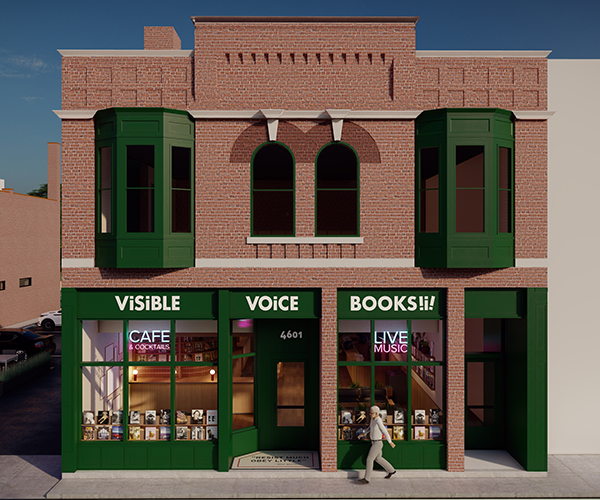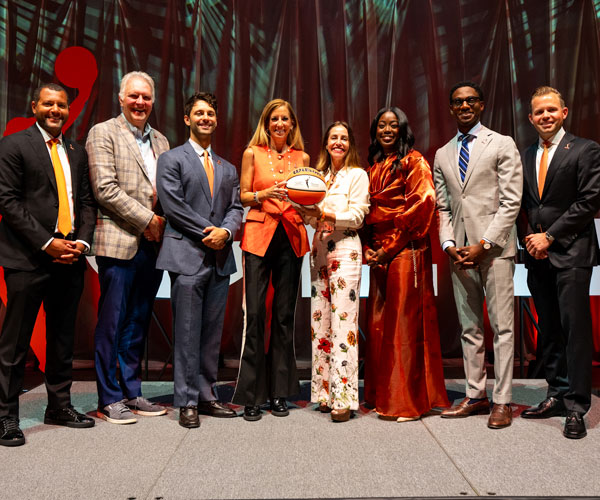Population
28th
Cleveland itself has fallen to the 45th largest city in the United States, but the Cleveland metropolitan area, which the U.S. Census defines as Cuyahoga, Lake, Lorain, Geauga and Medina counties, is still a major population center with 2,077,240 people. The Bad News: Greater Cleveland's population is shrinking faster than most of the other 50 major metropolitan areas, losing 3.3 percent between 2000 and 2010. Only Metro Detroit (-3.5 percent) and Greater New Orleans (-11.3 percent) lost more.
Age
4th
Let's hope 40 is the new 30. While a median age of 40.2 by no means seems geriatric to those of us who've already crossed that threshold, when it comes to the median age of a metropolitan area, that's getting up there. Our age of 40.2 puts us just behind Buffalo-Niagara Falls (40.5) and the Tampa-St. Petersburg area (40.6). Creaky Steel: Pittsburgh is the oldest of the 50 most-populated metro areas with a median age of 42.3.
Family Size
43rd
Turns out we don't want a Brady Bunch-size brood, but neither do those who live in the rest of the nation's biggest cities. Less than one family member (.86 to be exact) separated the largest average family size from the smallest. Top to Bottom: Riverside-San Bernardino, Calif., reported the largest average family size of 3.78, while Pittsburgh finished 50th with 2.92.
Race
Snow
2nd (out of 10)
Median Household Income
46th
Gayness
12th (out of 15)
Born in the U.S.
10th
Once known as a city of immigrants, Cleveland is much less so today. More than nine out of every 10 of us were born in the United States. That's why you may have heard buzz lately about Global Cleveland's recently opened immigrant welcome center that aims to attract and retain skilled workers and add the spark to our economy that immigrants bring.
It's a simple formula: Attract skilled outside talent to your work force, and watch the local economy grow. The best part is, it actually works.
"Newcomers bring with them connections and skills," says Baiju Shah, board chair of Global Cleveland, an organization devoted to attracting outside talent, including immigrants, to help grow our economy.
Citing a Brookings Institution study, Shah notes that the recent immigrants to come to Greater Cleveland — mostly for jobs in health care and technology — are among the most highly skilled people entering the country. This is important, Shah says, because some Cleveland businesses are having an increasingly difficult time finding the skilled workers they need to grow here.
Teaming with Outwardly Global, a network connected to immigrant groups in cities such as New York and Chicago, Shah has helped Global Cleveland put the word out about opportunities here, particularly in health care. The local Lebanese community has also expressed interest in becoming part of the campaign.
"It's taking word of mouth into the digital age," says Shah, explaining that information will be spread through foreign language newspapers and via social media. "Immigrants come to be close to their other family members. ... They need a job, and we now have the jobs."
'Land Mass
It's half of our city's name, but we doubt you ever give much thought to how many square miles of real estate fall within Cleveland's municipal boundaries. And here's something that's never crossed your mind: How does our geographic size stack up against the five most populated U.S. cities that end in "land"? Pay attention. This could help you on Jeopardy someday.
Click here for information about the sourcing for this story.



